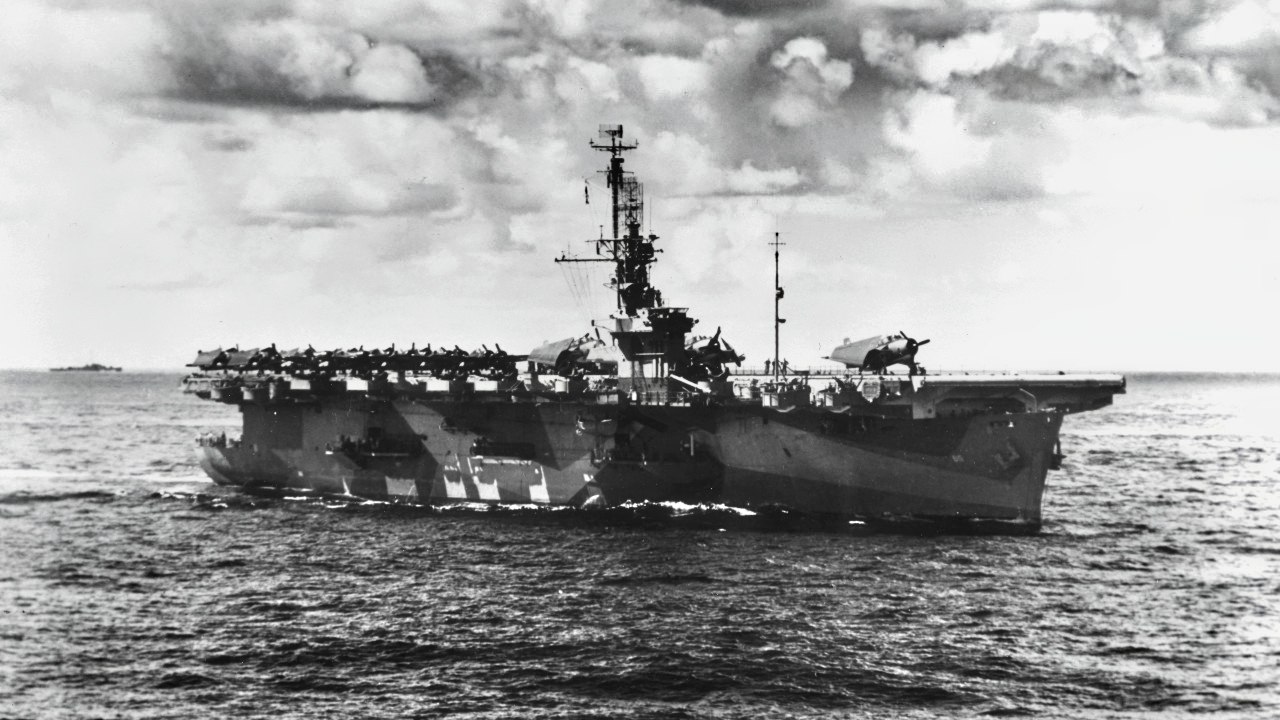The U.S. Navy Built 50 Casablanca-Class ‘Escort’ Aircraft Carriers
The Unsung Heroes of WWII: Casablanca-Class Carriers

The Casablanca-class escort carriers, often derisively called “Kaiser’s Coffins,” played a crucial role in the U.S. Navy’s success during World War II. Built rapidly under the innovative shipbuilding methods of Henry Kaiser, these “Baby Flattops” provided essential air support, convoy defense, and participated in significant island-hopping campaigns. Their defining moment came during the Battle of Leyte Gulf, where they faced Japan’s formidable battleships, including the Yamato. Despite being outgunned, the brave crews of these escort carriers demonstrated that determination and strategy could triumph over sheer firepower.
The Casablanca-Class: How ‘Baby Flattops’ Saved the U.S. Navy in WWII
When discussing World War II aircraft carriers, names like USS Enterprise and USS Yorktown often come to mind. However, the most numerous carriers built by the United States during the war were the Casablanca-class escort carriers (CVE). These smaller carriers, often mocked by sailors of the Essex-class, were initially designed for convoy escort duties. Their construction was a response to the urgent need for naval air support following the attack on Pearl Harbor.
The Casablanca-class carriers were built using assembly line techniques pioneered by Henry Kaiser, who revolutionized shipbuilding. While an Essex-class carrier took about 20 months to complete, Kaiser’s shipyards could produce a Casablanca-class carrier in just three months. This rapid production was vital as the U.S. Navy needed to resupply and reinforce its forces quickly. Between 1943 and 1944, Kaiser’s shipyards produced 50 escort carriers, significantly easing the burden on larger carriers.
Initially, these escort carriers were intended for anti-submarine warfare and convoy escort. However, they soon proved their worth in major naval battles. Their versatility allowed them to accompany larger fleets during critical operations, including the island-hopping campaigns in the Pacific. The Casablanca-class carriers became essential assets, demonstrating that even smaller vessels could make a significant impact in naval warfare.
Taffy 3 and the Battle of Leyte Gulf
The Casablanca-class escort carriers earned their reputation during the Battle of Leyte Gulf in October 1944. This battle was marked by a daring deception operation by the Japanese, aiming to lure American carriers away from the landings on Luzon. Admiral Bull Halsey fell for the ruse, leaving the small task force Taffy 3 to defend the invasion beaches. Taffy 3 consisted of six escort carriers, three destroyers, and four destroyer escorts, all equipped for shore support and anti-submarine patrols.
As the Japanese fleet, led by the Yamato, advanced towards Taffy 3, the American forces faced overwhelming odds. The escort carriers were not equipped with heavy guns capable of penetrating the armor of Japanese battleships. However, the crews displayed extraordinary bravery. The destroyers, including the USS Johnston and USS Samuel B. Roberts, charged into the fray, launching torpedoes and firing at the enemy.
Despite suffering heavy losses, the American forces managed to inflict significant damage on the Japanese fleet. The escort carriers launched their aircraft, which further confused the enemy. The Japanese, believing they were under attack from larger Essex-class carriers, lost tactical control and retreated. The courageous actions of Taffy 3’s sailors turned the tide of the battle, proving that determination and strategy could overcome superior firepower.
In the end, the Battle of Leyte Gulf showcased the vital role of the Casablanca-class carriers. Their contributions were instrumental in the U.S. Navy’s success, and their legacy continues to be recognized as a testament to the bravery of those who served aboard them.
